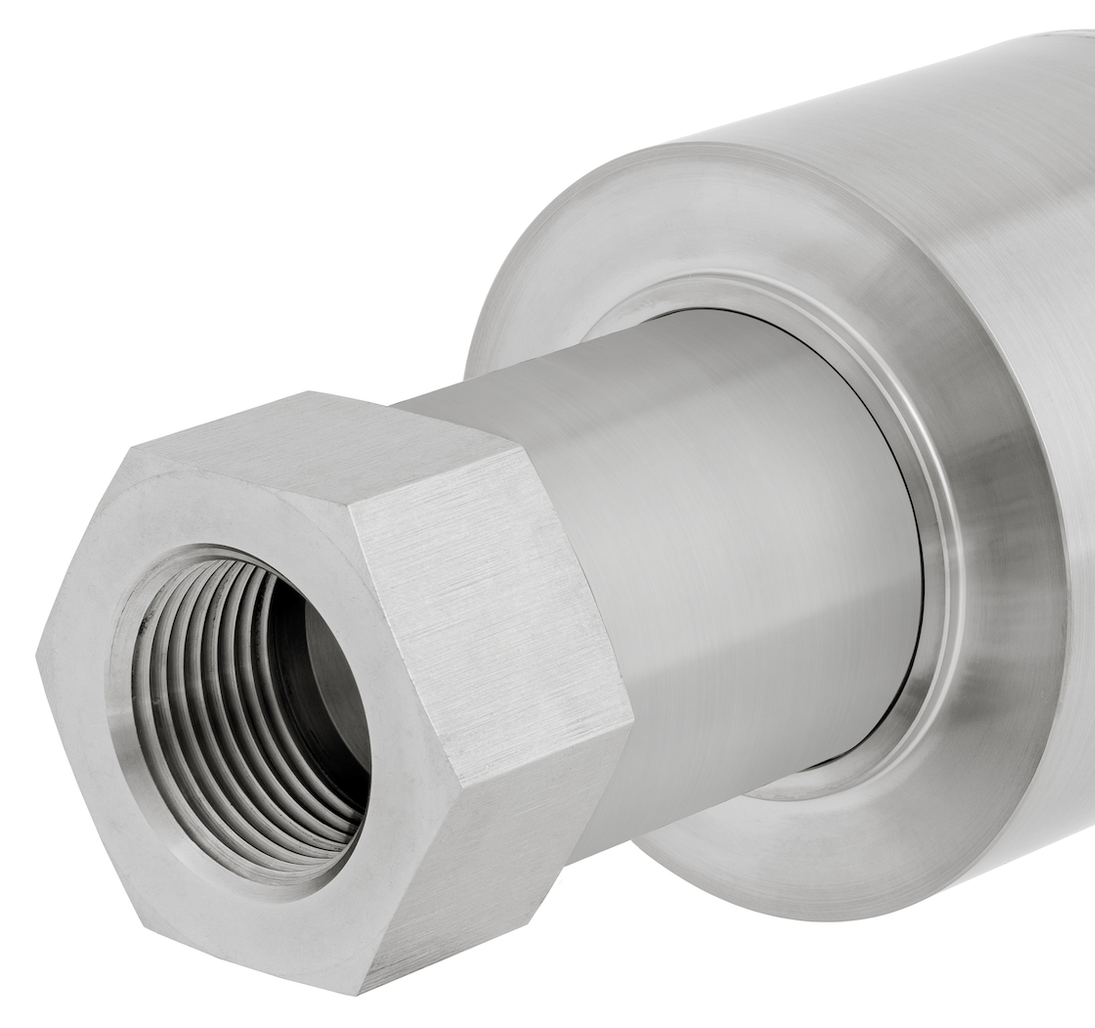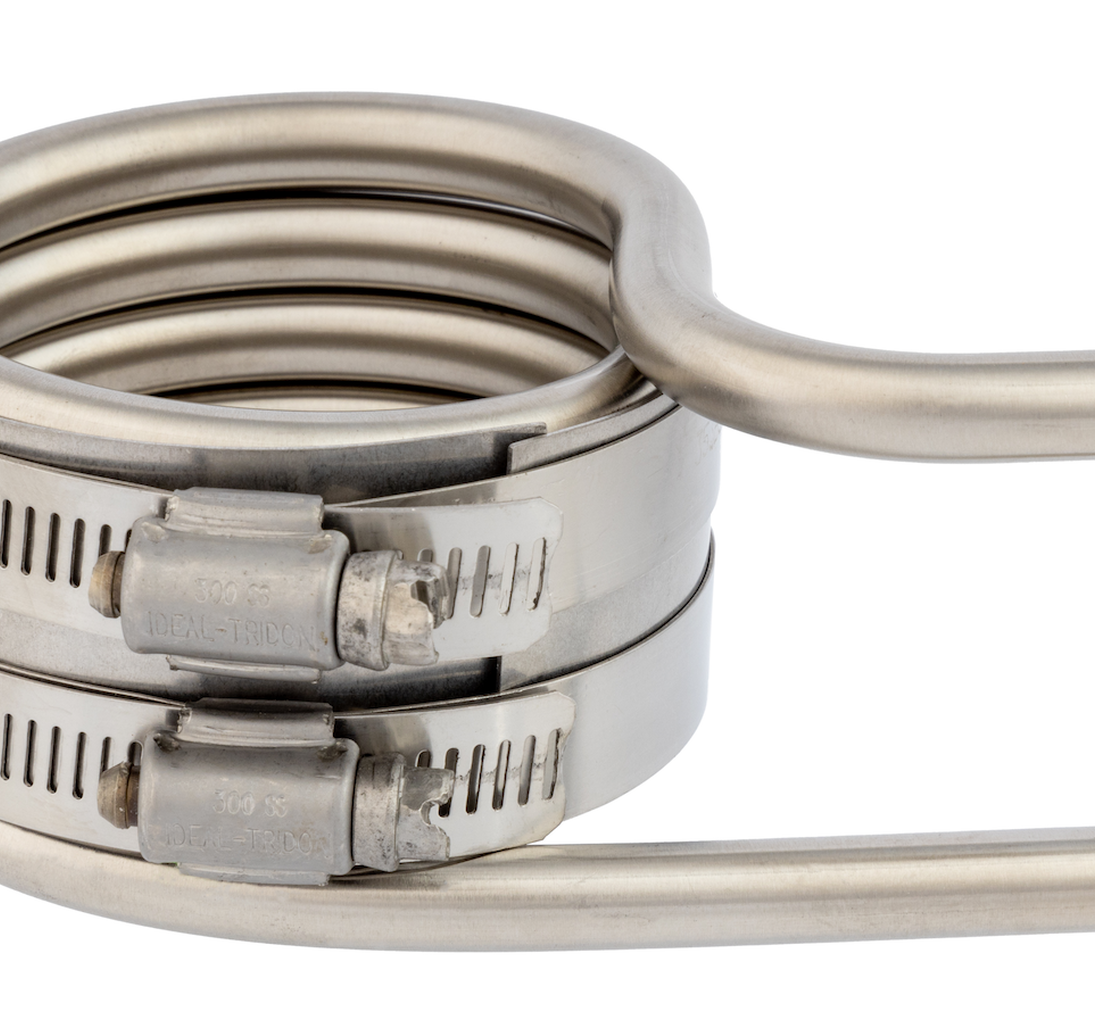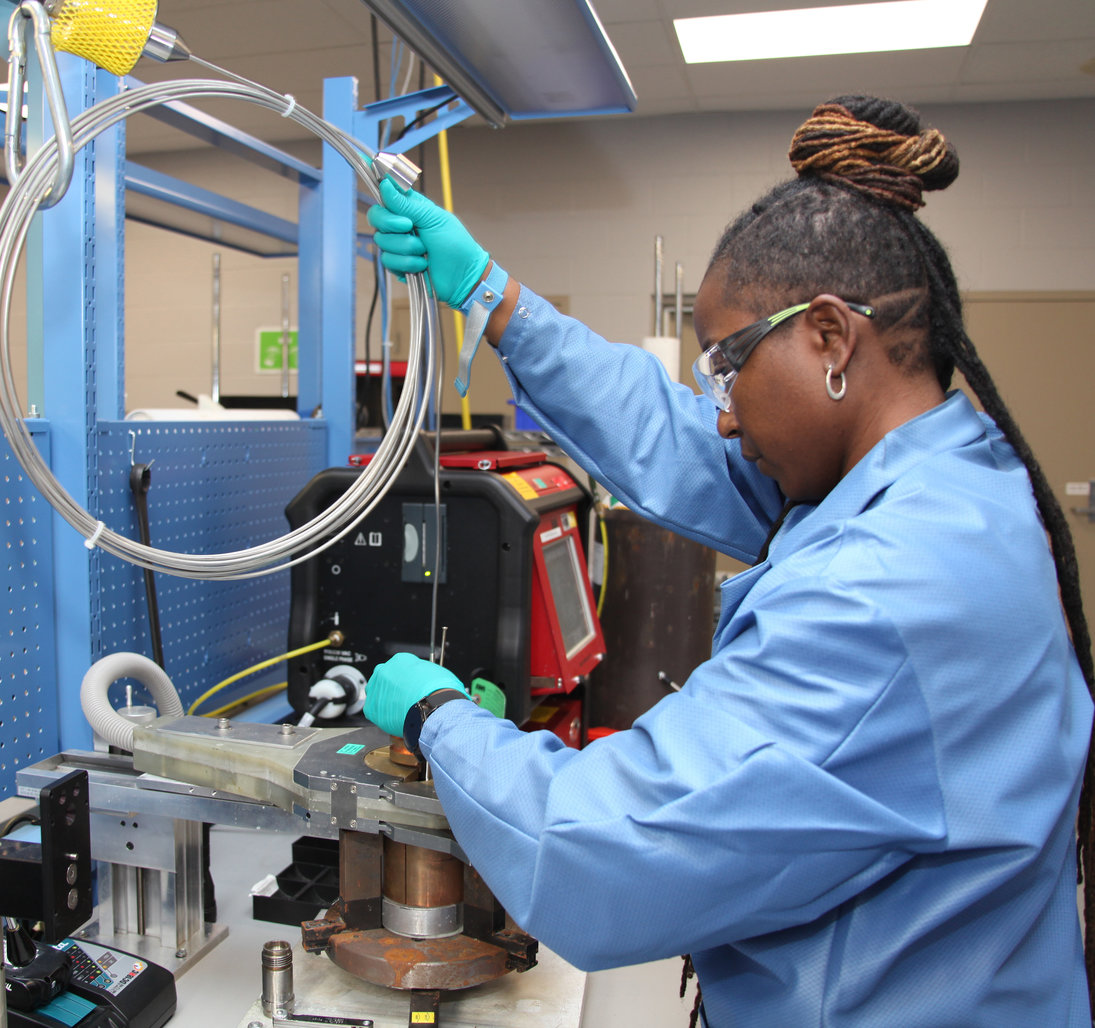Rugged, Reliable Flame Sensing Technology
Reuter-Stokes sensors are approved for use on multiple major gas turbine manufacturers. We also customize solutions for clients with specialized needs.
Reduce the risk of explosions and other safety incidents.
Not susceptible to black body radiation. Respond to flameouts in milliseconds.
Based on technology that has over 500 million operating hours. Longer sensor life, better reliability, and less unplanned downtime.
Reduce or prevent unplanned downtime, shutdowns, and safety incidents.
Work with green fuels including 100% Hydrogen fuel.

Certifications & Regulatory Compliance
All Reuter-Stokes flame sensors are hazardous area certified.
- Class I Division 2 and Zone 2 models for Power Generation market
- Class I Division 1 and Zone 1 models for Oil and Gas market
Certifications include North American, ATEX, and IECEx as well as multiple country specific certifications.
Select Reuter-Stokes sensors are capable of SIL 3 operation, Exida certified.




